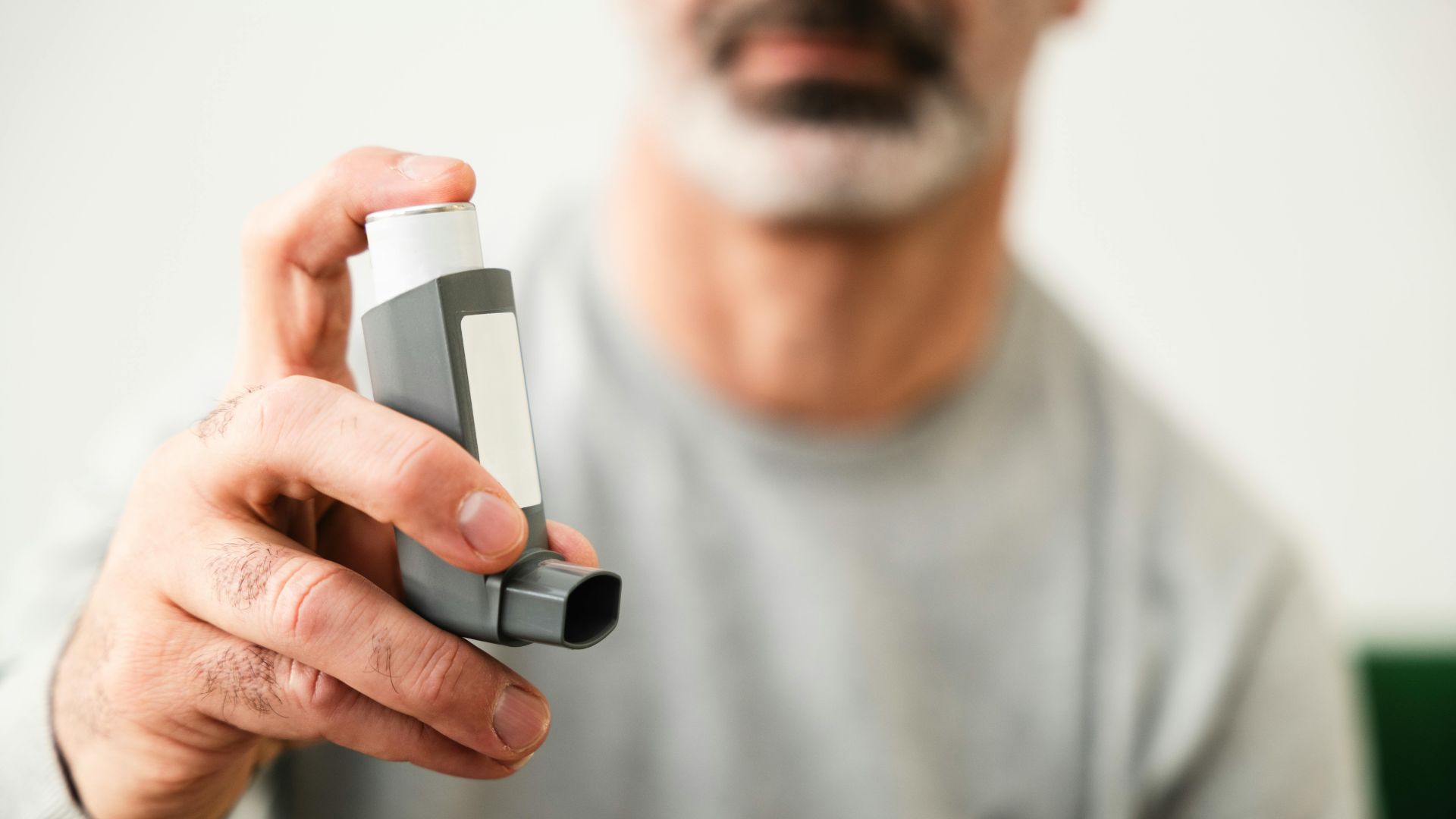In this 3-part series, we explore the basic foundations of FDA’s regulation of Medical Devices. Topics include Controls and Classifications, Premarket Notification 510(k), and Premarket Approval (PMA).
A Premarket Notification 510(k) is an application submitted to FDA to demonstrate that a medical device is at least as safe and effective (substantially equivalent) as a legally marketed device in the U.S. Anyone planning to market a device subject to premarket notification requirements must receive an order, in the form of a letter, from FDA which states that the device is substantially equivalent (SE) and can be marketed in the U.S. This order does not approve the device, but rather “clears” the device for commercial distribution in the U.S.
Get assistance with FDA compliance.
Registrar Corp’s Regulatory Specialists help companies comply with FDA requirements, including regulations for Medical Devices.
For assistance with FDA regulatory requirements, call: +1-757-224-0177, email: info@registrarcorp.com, or chat with a Regulatory Advisor 24-hours a day: www.registrarcorp.com/livechat.
Continue reading to learn more about how FDA determines SE and which devices may need 510(k) clearance.
Substantial Equivalence
SE means that a similar device exists on the market to indicate the device is safe and effective. The legally marketed device(s) to which equivalence is drawn is commonly known as the “predicate.” FDA will determine whether a new device is SE to a predicate device by examining the device’s intended use, characteristics or features and, if necessary, performance testing results. Submitters must compare their device to one or more similar legally marketed devices and make and support their SE claims.
A legally marketed medical device is one that:
- Was legally marketed prior to May 28, 1976 (preamendments device)
- Has been reclassified from Class III to Class II or I
- Has been found SE through the 510(k) process
- Was granted marketing authorization via the De Novo classification process under section 513(f)(2) of the Federal Food, Drug, and Cosmetic Act that is not exempt from premarket notification requirements.
The device must have the same intended use and technological characteristics as the predicate or the same intended use with different technological characteristics, while not raising different questions of safety and effectiveness. The information submitted to FDA must demonstrate that the device is as safe and effective as the legally marketed device.
FDA may conduct performance testing on the device, which can include “clinical data and non-clinical bench performance data, including engineering performance testing, sterility, electromagnetic compatibility, software validation, biocompatibility evaluation, among other data.”
The submitter may not proceed to market the device until receiving an order declaring a device SE. FDA usually makes the SE determination within 90 days.
Which Devices Need 510(k) Clearance?
If you are introducing a device into U.S. commercial distribution (marketing) for the first, you are required to submit a 510(k) to FDA unless the device requires a Premarket Approval application (PMA) or is exempt from 510(k) requirements and does not exceed the limitations of exemptions in .9 of the device classification regulation chapters (e.g., 21 CFR 862.9, 21 CFR 864.9).
Most Class I and some Class II devices, as well as certain preamendment devices, are exempt from 510(k) requirements, subject to certain limitations. If FDA determines that a 510(k) is not required to provide reasonable assurance of safety and effectiveness for the device, the device may be exempt from 510(k) requirements. However, If there is a change or modification to your legally marketed device that could significantly affect its safety or effectiveness, you may need to make a new 510(k) submission.
Other examples of possible exemptions include:
- Unfinished devices you are selling to other firms, not directly to end users
- Devices you are not marketing or commercially distributing
- Devices manufactured domestically by another firm, which you are distributing
- Devices you are repackaging or relabeling, when the labeling or packaging isn’t significantly changed
- 510(k)-cleared devices you are importing
An exempt Class I or Class II device must still comply with applicable regulatory controls unless the regulation for that device type indicates it is exempt from those requirements.
A Class I device is not exempt from 510(k) notification requirements if it is intended for a use of substantial importance in preventing impairment of health. If the device poses the potential unreasonable risk of illness or injury, it is also not exempt.
Get assistance with FDA compliance.
Registrar Corp’s Regulatory Specialists help companies comply with FDA requirements, including regulations for Medical Devices. We can answer questions you have about submitting your 510(k) and much more.
For assistance with FDA regulatory requirements, call: +1-757-224-0177, email: info@registrarcorp.com, or chat with a Regulatory Advisor 24-hours a day: www.registrarcorp.com/livechat.








